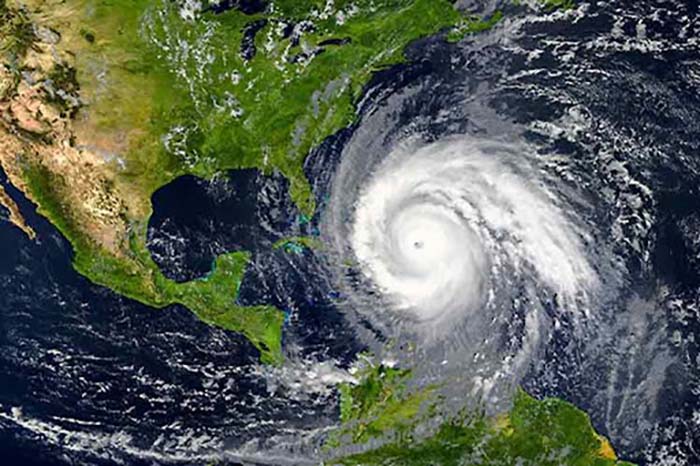Although the eleventh month of the year is the last of the conventional interval for the hurricane season in the North Atlantic Ocean, there is evidence that in previous periods they have impacted Cuba.
One of them, named Paloma and with category 3 on the Saffir-Simpson scale of five possible (SS-3), hit the national territory in 2008, said Professor Luis Enrique Ramos Guadalupe, Coordinator of the History Commission of the Meteorological Society of Cuba.
Only three years later, he added, something similar happened with Michelle (SS-4) in 2001; Kate (SS-2) in 1985, and the devastating hurricanes of Santa Cruz del Sur and Camagüey (SS-5) in 1932, associated with the most lethal natural disaster in the country’s history.
Ramos Guadalupe also mentioned the official chronology of the Institute of Meteorology, which includes 10 November hurricanes that affected the nation between 1791 and 2022, representing 8.4% of the overall total in 231 years.
He specified that, of these, four crossed over the east; a similar number over the center; one hit the central-western half, and the other only the west.
Concerning their trajectories, those crossing the island axis, which corresponds to organisms coming from the Caribbean Sea, stood out.
The most recent cyclone that affected Cuba in the eleventh month was called Eta, which crossed over Ciego de Avila on November 8, 2020, and extended its influence over the center and west of the country for two days.
For all these reasons, it is prudent to remember that the present season has not ended and that it is opportune to be alert before the eventuality, he said when referring to the fact that such crusade takes place from June 1 to November 30 in the geographic area of the North Atlantic, including the Gulf of Mexico and the Caribbean Sea.




